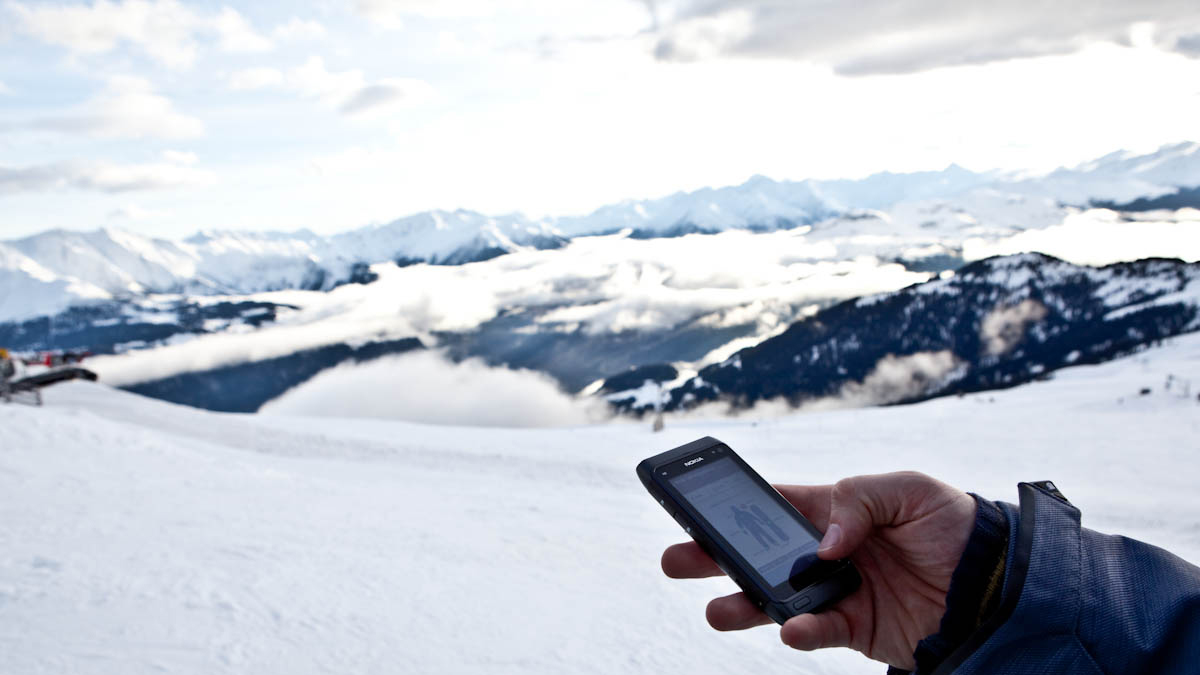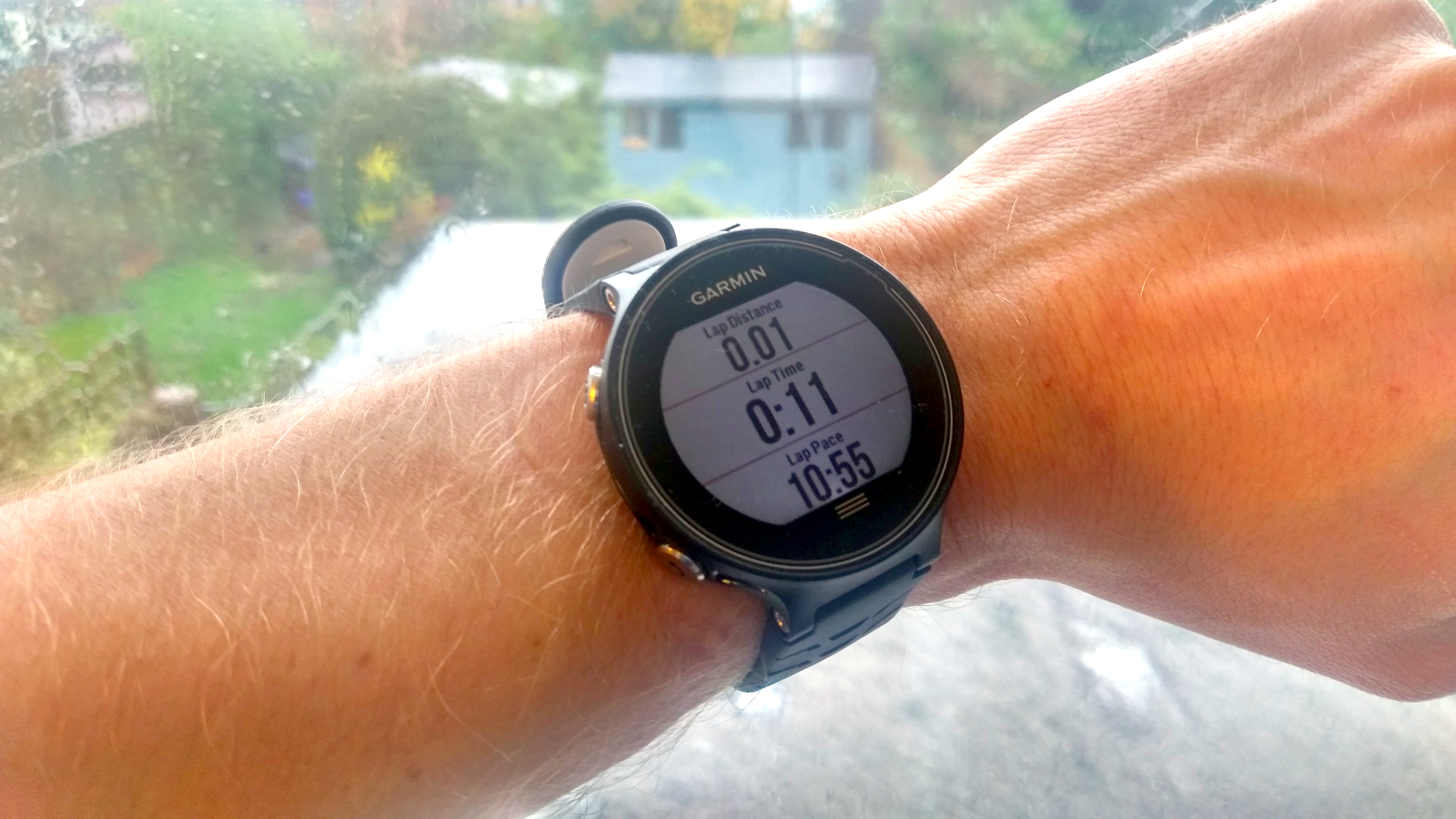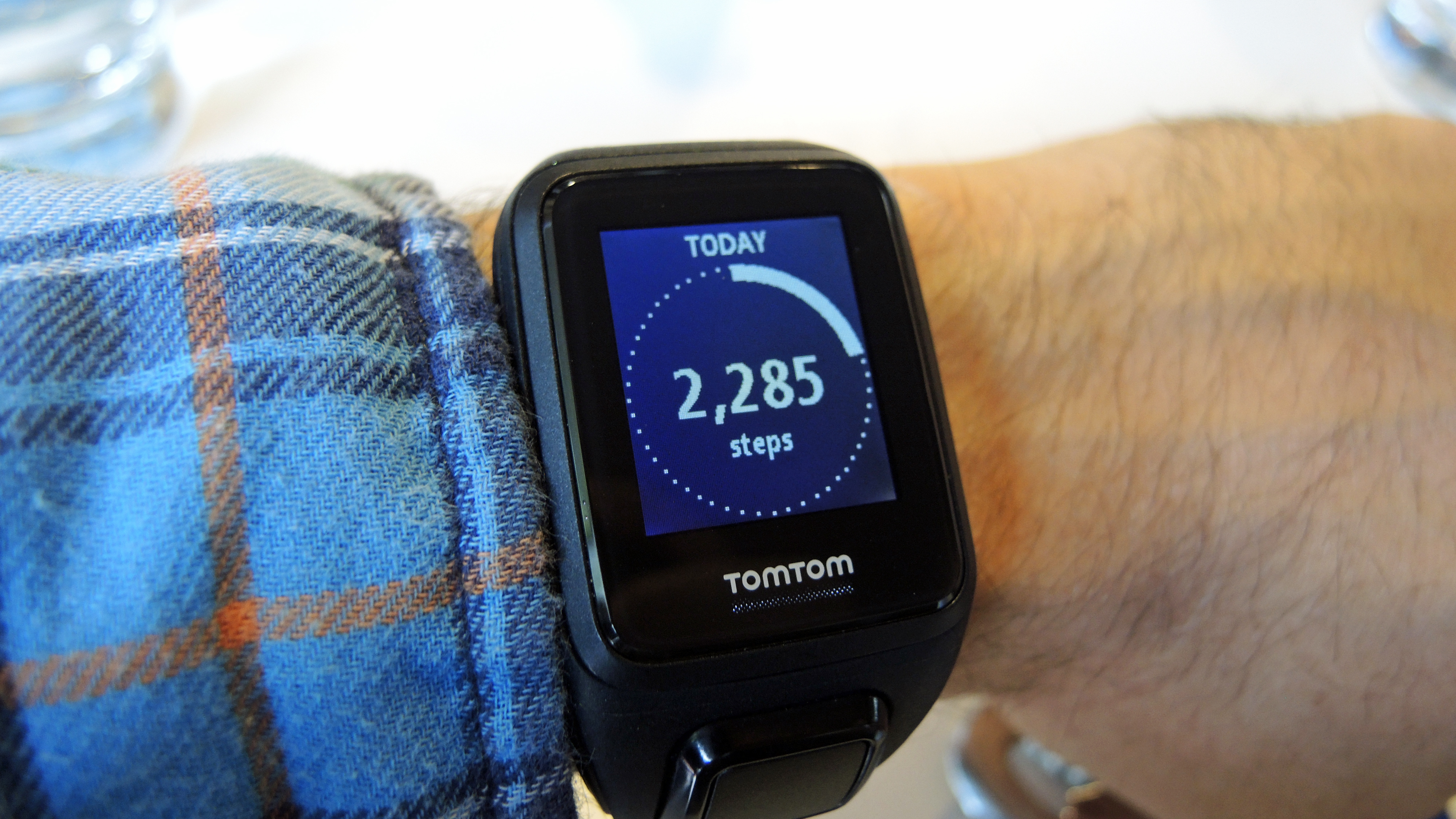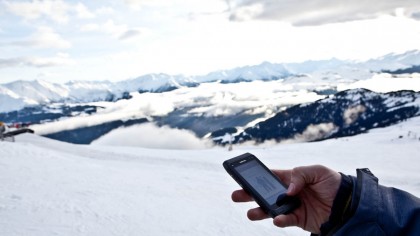Garmin Forerunner 630 vs TomTom Spark: the highs and lows
And mountains - turns out they're BIG

Before I begin, I'd just like to give thanks for the beauty of running over the festive holidays. Not because running by the beach in a storm is awesome, and not because it wakes you up from your sofa coma.
It's because you can eat ALL THE CAKE AND SWEETS AND EVERYTHING and then just run it off every day. While it's not going to completely eradicate the calories (and running with such a sick feeling is never fun) the damage limitation is lower.
Anyway, onto the actual meat of the piece: I've been trying out two of the big hitters in the running watch world in the last few weeks and while I'm chipping away at the big reviews for both, I thought I'd share some of the highlights (and lowlights) of what I've thought so far in case you're desperate to buy one.
Garmin Forerunner 630
This is the one that's most intrigued me of late, which you'll be able to see from my run down when I first picked it up. The reason it's so alluring is that it's got so many performance metrics that you can't fail to learn something about your running style.

It's also got the decent Garmin Connect app behind it, which can autosync to Strava and some other services, and I love that Garmin's watches of late can connect to your Wi-Fi and automatically shove stuff up to your account when you walk in the door.
The highs
The Forerunner 630 has a battery life that can go on for seemingly ever. I've run six days in a row with it, clocking around 50 km of distance, before charging it up. That was without the backlight constantly on, admittedly, but being able to do a 10 mile run and lose about 20% of the capacity was amazing.
The screen is large and visible, and the smart notifications, letting you get info from your phone to your wrist when you get a text, is really great and works well as a mixture of unobtrusive and useful so you don't need to get your phone out of your pocket.
Get daily insight, inspiration and deals in your inbox
Sign up for breaking news, reviews, opinion, top tech deals, and more.
The lows
I still really fail to see why a touchscreen is a good idea on a watch - if you're moving at speed, the last thing you've got is precision, and with rain and sweat in the mix the screen can get rather easily.
It's a large and visible screen, but it really lacks the tactility of dedicated buttons. And the fact I just lost a 13 mile run because I put on a wet jacket (and that managed to confirm deletion) doesn't help matters there.
And there's the slight issue of the lactate threshold, performance condition and other metrics to help with your running. The first of these is pretty good, working out when you're likely to hit the wall during a race. It didn't feel 100% accurate though, so perhaps it needs some finesse to learn me a bit better - but I have run with the watch nearly 30 times in the last three weeks.
The performance condition is supposed to be your 'fuel tank', letting you know how rested your body is and what that correlates to in terms of effort left. It can jump up and down during a run - which makes sense as the watch settles - but it's always rather generous. Perhaps that's a good thing though - it really motivates.
The other parts - vertical oscillation, ground contact time, telling you if you're leaning too far left or right during a run - are brilliant, but useless to most of us. I really liked learning about how efficient I was being, but when I was doing it poorly, the watch possesses nothing to help correct it.
In the end I stopped using these features, which is a shame as they could really help out if some coaching was built in.
The price - although not bad for the battery life and performance - is high. At £390 / $440 / around AU$600 it's not cheap, so it's more for the pro runner than the average pavement warrior.
TomTom Spark Cardio
The thing that wins about this watch is the way it's all so compact. Smaller than previous TomTom watches, it's still got an amazing amount of tech packed inside its dinky frame.

The main selling point is the fact it's got an integrated heart rate monitor and the ability to stream music over Bluetooth directly to your headphones - no need for a phone here.
The highs
It's just so easy to go running with this thing. The multi-directional button in the centre is great for navigation (although the travel could do with being deeper to confirm a click), the ability to stream music is great and the range of metrics you can choose is perfect for most runners.
You can easily set a race pace, run against your old workouts, swim, bike - in fact, nearly everything here. Being able to stream and get heart rate data is pretty darn good, and the fitness tracking (sleep, steps etc) is a nice touch and means you can wear it like a watch whenever you need.
The price is excellent too - £150 / $199 / AU$299, which is a lot better than similarly specc'ed watches out there.
The lows
The heart rate monitor simply doesn't work well enough - which is a tough thing to say as conversations with other reviewers don't seem to yield tales of the same inaccuracies. I've tried wearing it a number of ways, but I still get a massive peak at the start of a run, and it can be about 10bpm above the correct rate. It's something I'll keep testing and see if recent software updates change anything before the final review.
You can't change the music during a run (unless you use the fiddly headphone controls), and getting any tunes on the watch is a nightmare - you need to create a playlist in Windows Media Player or iTunes and sync it across. Why can't I just do it from the app and put my podcasts or music on that way?
The data it gleans from your daily steps etc doesn't really go anywhere either - it's just shown plainly in numbers and doesn't incite you to push any higher, which feels like a missed step for a watch that fits so well to the hobbyist runner who likes to know how to get fitter holistically rather than just through jogging.
Battery life is only middling - if you're using the backlight, have music streaming and the heart rate monitor going along with the GPS, you'll get about 10 miles or 80 mins of use before the battery starts bleeping at you. Not terrible at all, and there are eco modes to help, but it's not in the same league as some out there.
The impossible challenge
If you read my column last week, you'll know that I'm thinking of doing something incredibly stupid. Smashrun (the running analytics platform) offers badges for achievements in running, whether that's distance, speeds or just time spent on your feet.
With a suite of new badges, I decided to see if I could hit ALL the badges in 2016 - although on closer inspection this could be harder than I anticipated (running 10k 183 times over the year is just the start...).
One of the trickiest ones is logging a run with a single ascent of 2318 metres, the equivalent of Pike's Peak in the US. I didn't realise just how high that is, or how few mountains actually go that tall - so I'm a bit stumped there.

There's also the issue of trying to find a way to run in the southern hemisphere (on both the east and west side) while preserving SOME cash and time in my life.
And there are millions of other little bits to worry about too: running for another 212 hours, logging a huge amount of ascent per month, running a little bit further every month for six months... the list goes on and on.
I'm seriously wondering if it will be possible - but at least I know when every full moon will be landing next year. (Yep, running under a full moon 10 times is a badge too).
- Gareth Beavis is TechRadar's Running Man of Tech, testing the latest in fitness technology in a never-ending quest to run further and faster and bringing you the results in a weekly column.
- If you want to say hi, he's @superbeav on Twitter
- You can see his stumblings on Strava
- And for more data, follow him on Smashrun
- And if you want to get the full lowdown on the latest and greatest running tech, read the rest of the Running Man of Tech story here

Gareth has been part of the consumer technology world in a career spanning three decades. He started life as a staff writer on the fledgling TechRadar, and has grew with the site (primarily as phones, tablets and wearables editor) until becoming Global Editor in Chief in 2018. Gareth has written over 4,000 articles for TechRadar, has contributed expert insight to a number of other publications, chaired panels on zeitgeist technologies, presented at the Gadget Show Live as well as representing the brand on TV and radio for multiple channels including Sky, BBC, ITV and Al-Jazeera. Passionate about fitness, he can bore anyone rigid about stress management, sleep tracking, heart rate variance as well as bemoaning something about the latest iPhone, Galaxy or OLED TV.